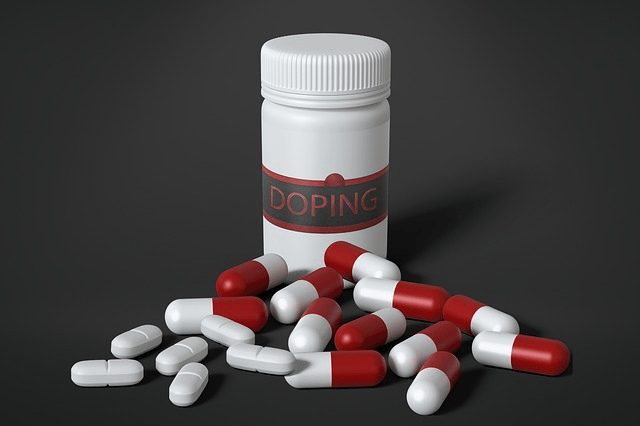Mexico is second in Latin America with more cases of doping in sports
Latin American data clearly leads Brazil, 9th in the world for anti-doping rule violation with 54 cases, followed by Mexico, number 23 with 24 cases.

The data from Latin America clearly places Brazil at the top, ninth in the world for violation of anti-doping rules with 54 cases, 10 of them in soccer, followed by Mexico, number 23 in the international ranking with 24 cases in 2018, the majority, 7 in each case, in American soccer and 'powerlifting'.
By country, Russia wins; by sport, bodybuilding and, among the Olympics, cycling: they are the leaders in the world ranking of doping, according to a report for 2018, the last year for which statistics have been released by the World Anti-Doping Agency (WADA).
Costa Rica ranks 26th (19 cases, 6 in bodybuilding and cycling); Argentina 27th (18 cases, 8 in cycling); Guatemala 38th (12 cases, 4 in bodybuilding); Chile 39th (11 cases); Colombia 44th (10 cases, 7 in cycling); Bolivia, 67th (5 cases, 3 in athletics); Cuba, 70th (4 cases, 3 in cycling); Ecuador, 71st (4 cases, 3 in weightlifting); Paraguay, 90th (2 cases in bodybuilding); and Uruguay, 79th (3 cases, all in cycling).
Among the countries with two cases starting in 80th place are Peru (bodybuilding and athletics); and from 93rd place are tied with one case the Dominican Republic (volleyball), El Salvador (motorcycling), Panama (soccer), Puerto Rico (handball), and Venezuela (bodybuilding).
Globally, men are more than twice as likely as women to be doped, and cases increased in 2018 over 2017, though not to the extent of 2015 and 2016, the highest figures since the Agency produced this report in 2013.
The ten sports with the highest percentage of anti-doping rule violations in 2018 were bodybuilding, with 261 (21%); cycling, with 221 (17%); and athletics, with 193 (15%); powerlifting with 164 (13%), weightlifting with 157 (12%), wrestling with 67 (5%), rugby with 57 (5%), boxing with 57 (5%), soccer with 56 (4%) and swimming with 39 (3%).
By nationality, Russia (144; 16%), Italy (132; 15%), France (114; 13%), India (107; 12%), Ukraine (78; 9%), the United States (73; 8%), Belgium (65; 8%), China (63; 7%), Brazil (54; 6%) and Kazakhstan (51; 6%) lead the ranking of countries with the highest number of anti-doping violations.
Of the 263,519 samples collected in 2018 and analyzed by WADA-accredited laboratories, 2,771 (1%) yielded an Adverse Analytical Finding (AAF), meaning that they found a prohibited substance in the blood or urine of athletes. In 2017 there were 2,749.
Among these AAFs, 1,640 (59 %) were finally confirmed as an anti-doping rule violation (ADRV) and were sanctioned after the corresponding disciplinary procedures. This was up from 1,459 in 2017.
77% of these violations (1,269) were committed by men, 23% (371) by women. Overall, they practiced 92 different sports and had 117 nationalities. A further 333 (12%) adverse cases were dismissed on medical grounds; 381 (14%) were closed on other grounds; in 101 instances (4%) the athlete was exonerated from a sanction, and 316 cases (11%) were still pending at the time of writing.
Of the 2,771 adverse tests, 77% were in-competition tests; the remainder were surprise tests. There were also 283 anti-doping rule violations of a non-analytical nature. Of these, 246 were committed by athletes and 16 by support personnel. France leads this field with 39 cases.
The sport that made the most analysis in 2018 was soccer (38,593), followed by athletics (32,309) and cycling (25,391). The least analyzed, among the Olympic sports, were golf (452) and sailing (700); among the non-Olympic sports recognized by the IOC, 'cheer sport' (72).




